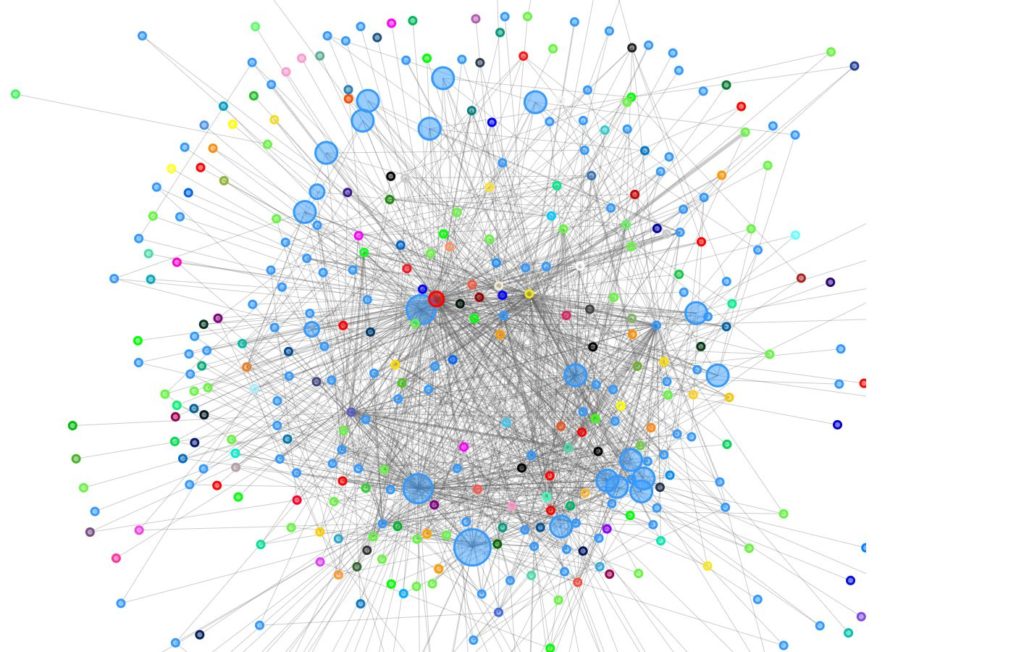Perhaps it’s unsurprising to readers familiar with Blockstream CEO Adam Back’s recent prediction of a $500,000 Bitcoin, but one of the blockchain startup’s chief technological efforts, the Lightning Network (LN) — which facilitates off-chain Bitcoin payments instantly at very little cost — saw a rise to over $2 million in capacity while the price of Bitcoin sharpened its decline.
Back is not an economist, he is a cryptographer, and his firm thrives when Bitcoin does well. However, Tom Lee is a Wharton School graduate and financial analyst with more than 25 years experience doing financial research, and his prediction, with just several weeks left in the year, is still a $15,000 Bitcoin by year’s end.
When we refer to “capacity” in the Lightning Network, we mean the amount of money that is locked up in smart contracts on the platform, and therefore the amount of funds that can be transacted instantly at any given time. Payment channels are typically set up by merchants who would like to receive payments instantly, and used by customers who would like to pay drastically reduced transaction fees.

The spike is notable because it correlates with a declining Bitcoin value, indicating that Lightning usage and adoption is not necessarily tied to fiat feelings toward Bitcoin or cryptos in general. There are several factors coming to light as regards the dollar flight, one of which is recent reporting which reveals that the US Department of Justice is pursuing a criminal case focusing on price manipulation at the hands of several major players in the USDT/BTC markets.
1ML.com analyzes the Lightning Network and provides data about the scaling solution. Even as the price of Bitcoin continued to slide, the effective throughput of its more than 11,000 nodes had surpassed $2 million when we first began researching this article. Volatility being what it is, the actual throughput at time of writing stands somewhere over $1.97M, or 432.7 BTC.
The figures on the Lightning Network are important in particular to those who believe “market adoption” and “merchant adoption” are mutually inclusive and equally important. Those who’d like to buy a cup of coffee with Bitcoin, as the old argument goes, can do so on the Lightning Network for an infinitesimally small fraction of what it would cost to do so on the regular blockchain.
Among the top channels on Lightning at time of writing were Bitrefill, a company which facilitates prepaid phone payments via Bitcoin, and Torguard VPN. Blockstream, which is one of the three primary developers of LN software, was also unsurprisingly near the top of the list of more than 11,000 providers.
Lightning Network is still relatively nascent, and with overall demand for Bitcoin seeing a marked decline, it may take some time yet to achieve its full potential.
Featured Image from Shutterstock
Get Exclusive Crypto Analysis by Professional Traders and Investors on Hacked.com. Sign up now and get the first month for free. Click here.








